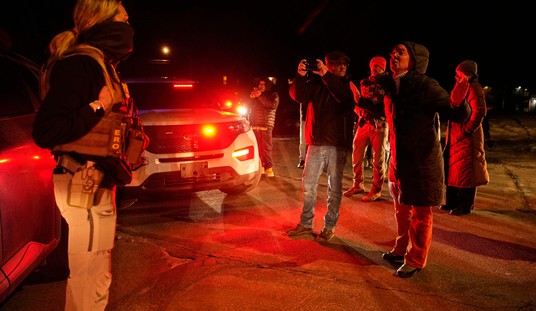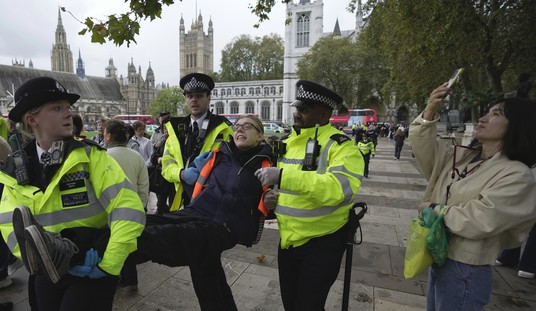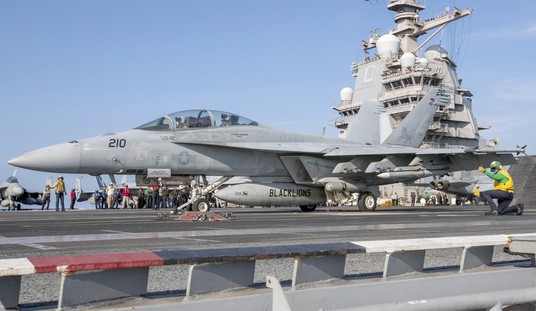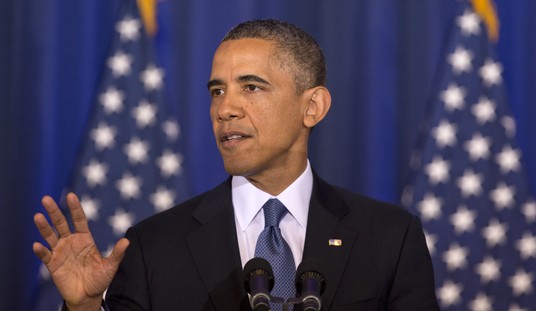Northrup Grumman beat out a powerhouse alliance of Lockheed Martin and Boeing in the race to deliver the new Long-Range Strike Bomber.
The contract for the successor to the B-1 (more than 27 years old) and B-52 (more than 50 years old) bombers is valued at some $80 billion, and was announced Tuesday at a Pentagon press conference with Defense Secretary Ashton Carter and Air Force chiefs.
Air Force Secretary Deborah Lee James said the LRS-B “will allow the Air Force to operate in tomorrow’s high end threat environment, what we call anti-access aerial denial environment.”
“It will also give us the flexibility and the capability to launch from the continental United States air strikes that would be able to strike any location in the world,” James said. “…We believe that our decision represents the best value for our nation.”
Assistant Air Force Secretary William LaPlante said the first five production lots will yield 21 aircraft out of a total eventual fleet of 100. The average cost per bomber will be $564 million.
“We won’t go into any details relative to specific components or subcontractors due to classification and enhanced security,” said Lt. Gen. Arnold Bunch.
“Mid-2020s is our estimate right now for initial operational capability,” Bunch said. “The specific criteria which will need to be established by the Air Force Global Strike Command for initial operational capability and full operational capability have not been set at this time, and they will be set at a later date.”
Wes Bush, chairman, chief executive officer and president, Northrop Grumman, said in a statement that the Air Force “made the right decision for our nation’s security.”
“As the company that developed and delivered the B-2 Spirit stealth bomber, we look forward to providing the Air Force with a highly-capable and affordable next-generation Long-Range Strike Bomber,” Bush said. “Our team has the resources in place to execute this important program, and we’re ready to get to work.”
Boeing and Lockheed issued a joint statement expressing their “disappointment” in the contract: “We will have further discussions with our customer before determining our next steps. We are interested in knowing how the competition was scored in terms of price and risk, as we believe that the combination of Boeing and Lockheed Martin offers unparalleled experience, capability and resources for this critically important recapitalization program.”
Bunch said Air Force officials will “make ourselves available as early as Friday to debrief the offerer that was not selected.”
“If they have a period of time that they can submit that protest, and then if it were to go to the GAO there’s a 100-day timeframe for that, and we’ll monitor and we won’t stipulate or make any assumptions as to what the ramifications of that would be,” he said.
The big contracts are divvied up now: Boeing has the KC-46 aerial refueling tanker, and Lockheed has the F-35.
Carter said the LRS-B planning began in 2011 for a “new and innovative design for a long-range strike bomber, accompanied with investments in ISR, electronic warfare and advanced weapons” that was “the best choice for our strategic requirements.”
“This decision was based on the agility reusability, affordability and deterrence that such an aircraft can provide if properly designed and procured,” the Defense secretary said. “And it represents the type of technological leap that we must continue to pursue in order to retain our edge.”









Join the conversation as a VIP Member